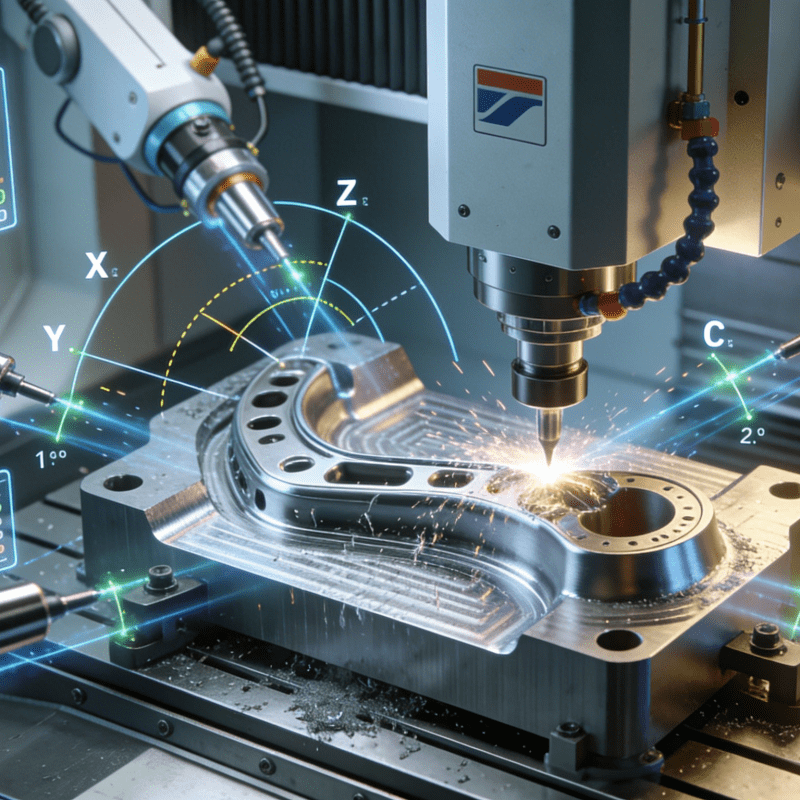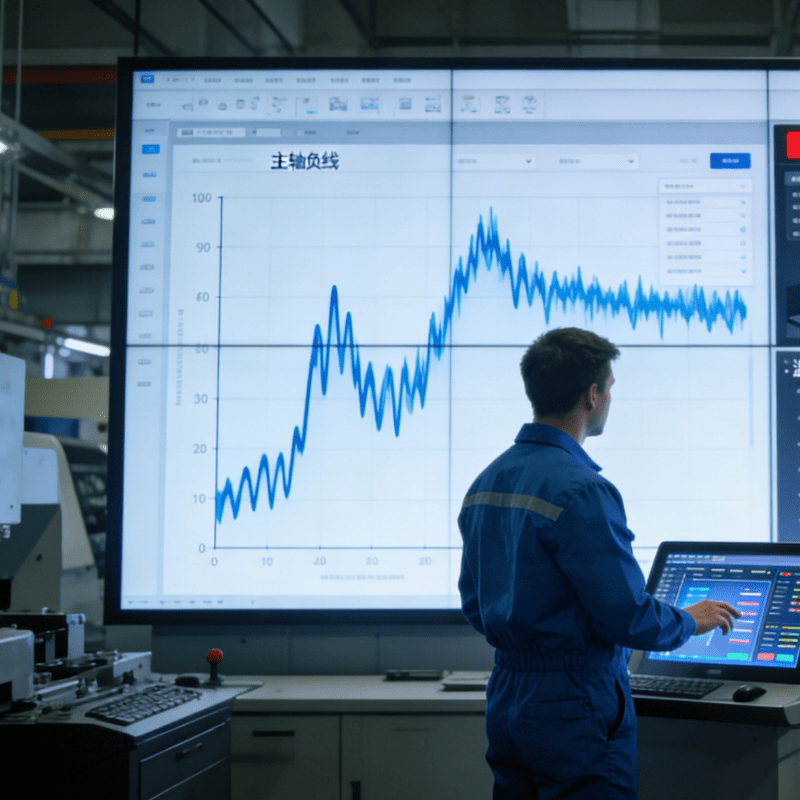
On August 26, it was announced that the State Council has recently officially issued the Opinions on Further Implementing the “AI +” Action (hereinafter referred to as the “Opinions”) (Guofa 〔2025〕 No. 11). The document clearly states that based on the advantages of data resources, industrial systems, and application scenarios, China will accelerate the in-depth integration of artificial intelligence (AI) with various fields of the economy and society through systematic planning.
The Opinions put forward phased development goals:
By 2027, China will take the lead in realizing extensive and in-depth integration of AI with 6 key fields. The penetration rate of new-generation smart terminals, intelligent agents, and other applications will exceed 70%; the scale of core industries in the intelligent economy will grow rapidly; the role of AI in public governance will be significantly enhanced; and the open cooperation system for AI will be continuously improved.
By 2030, AI will fully empower high-quality development in China. The penetration rate of new-generation smart terminals, intelligent agents, and other applications will exceed 90%; the intelligent economy will become an important growth engine for China’s economic development; and technology inclusiveness and achievement sharing will be promoted.
By 2035, China will fully enter a new stage of intelligent economy and intelligent social development, providing strong support for basically realizing socialist modernization.
The Opinions propose to focus on advancing work in six core fields:
Scientific and Technological R&D: Establish an interdisciplinary scientific research paradigm, accelerate the application of large scientific models, and promote collaborative innovation in biomanufacturing, quantum technology, and 6G technology.
Industrial Upgrading: Cultivate AI-native enterprises, advance the intelligentization of all industrial factors, develop intelligent agricultural equipment, and innovate human-machine collaboration models in the service industry. In the process of promoting the intelligentization of all industrial factors, for example, in manufacturing scenarios, to improve the intelligence and automation level of production processes, some enterprises have introduced Flexible automatic loading and unloading vibrators. These devices can leverage AI algorithms to accurately adjust vibration frequency, amplitude, and loading/unloading rhythm based on different material properties and production needs. Taking precision component production as an example, flexible automatic loading and unloading vibrators can control feeding accuracy within ±0.05mm without damaging materials. When combined with intelligent robotic arms, they enable efficient and precise material loading, unloading, and transfer—greatly improving the overall efficiency of production lines and the stability of product quality. This serves as a vivid example of how AI empowers industrial upgrading in the application of segmented industrial equipment.

Consumption Transformation: Expand access to intelligent assistant services and promote the IoT ecosystem for connected smart vehicles, AI terminals, and other “smart everything” scenarios.
Livelihood Services: Establish a human-machine collaborative employment system, promote intelligent education and medical health assistants, and build full-cycle smart life scenarios.
Social Governance: Implement intelligent urban transformation, build an integrated air-space-land-sea ecological monitoring system, and strengthen work safety and cybersecurity governance.
Global Cooperation: Promote cross-border collaboration on computing power and data, participate in the formulation of international governance rules, and support capacity building in
developing countries.
To strengthen foundational support, the Opinions propose eight key tasks, including: improving the efficiency of large model training; establishing a data element circulation mechanism; optimizing the national integrated computing power network; developing a “Model-as-a-Service” ecosystem; cultivating interdisciplinary talent teams; improving incentive mechanisms for open-source communities; refining the legal and regulatory system; and building a dynamic risk prevention and control system.
The National Development and Reform Commission will take the lead in establishing an interministerial coordination mechanism. It will accelerate the implementation of policies through measures such as the construction of pilot test bases, the opening up of application scenarios, and financial and fiscal support. At the same time, it emphasizes the need to establish a classified and hierarchical supervision framework in areas such as algorithm transparency and employment structure adjustment.




















